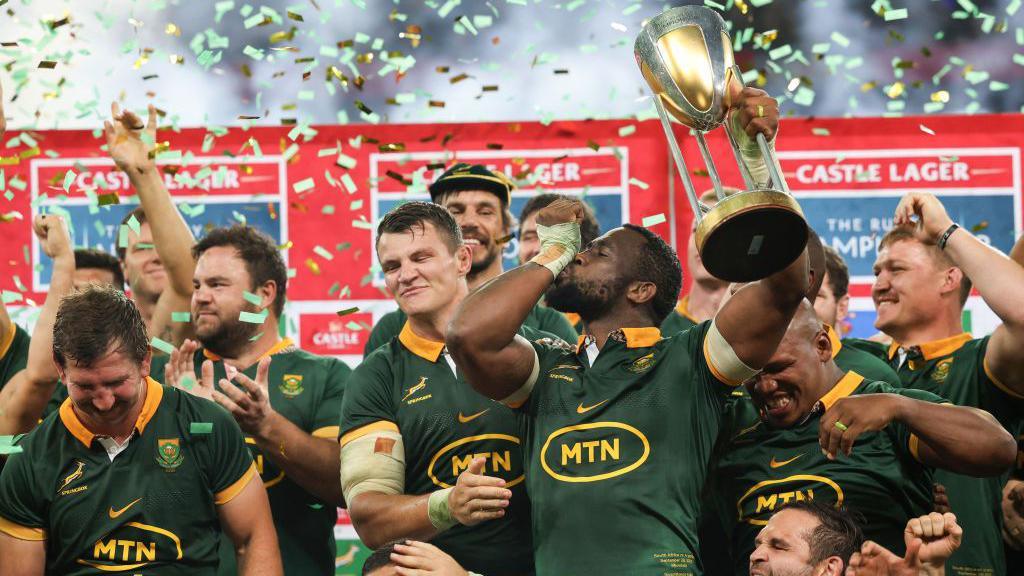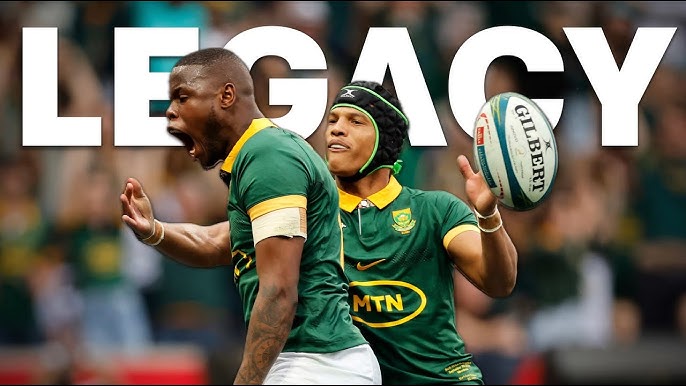In no other game is bench strength (read as tactics) so important apart from elite rugby with talent on the field. And perhaps no strategy has ever garnered so much attention. The South African national team is famous for its brute strength and depth in more ways than one—not merely for their wins, but rather by the manner of their victories.
Where some see tactical genius, others see an affront to the spirit of the game. What the rugby world is watching has always been balanced by a bench made up of five forwards and three backs. That has been the traditional setup which ensures physical presence with defensive versatility.

Thèy in tende to max imeyez phyzical domynans. By reyplaseing almozt the ir en tier atacking for mayzon at half tiem, the Boks k͟eep up prezzure we th scrums, mauls and brakēz. Itz a batle of endurans and S͟outh Afirca iz leeding by far.
7-1 iz not unlaful. But itz mis͟ion-to break the opozishon-is both af̩ected and feered.
The rugby fandom has split. One side applauds the Springboks for finding in the laws strategic innovation and getting well-conditioned to exploit it. The other side feels that what they have found does not preserve the equilibrium of the game and its safety elements—particularly since those on defense might now be pressed into playing out of position and late in a match, which can prove dangerous.
Among those who took the public were British legends Sir Clive Woodward, throwing the gauntlet down to World Rugby about tweaking rules on substitutions so that the game does not tilt more to brute force than skill. Even in South African opinion is divided. While most want to laud Boks tactical acumen, a few erstwhile players and coaches feel this will take creativity out of the game and make it even less accessible as a sport to young defenders and youngsters with talent.
A response to quell the doubters. Say what you want, but the 7-1 split paid off when it mattered most. South Africa lifted their fourth Webb Ellis Cup at Rugby World Cup 2023 drawing level with New Zealand as the tournament’s most successful side. Desperate triumphs over France and England came in late-game dogfights decided long after the hooter had sounded, with fresh Bok muscle mowing down weary legs.
The message was plain: like it or dislike it, this plan makes winners. Minds over muscle There is no fluke in the Springboks’ scheme. Coaches Rassie Erasmus and Jacques Nienaber are famed for their careful plans, choices based on facts, and ability to change when under stress.

The 7-1 system demands more than brute force. It calls for versatile players, mental strength—deep trust in tactics. With only one reserve among the backs any injury will lead to extreme improvisation. But here too the Springboks are preparing using players who can cover many positions and if need be reshaping their defense in the middle of a game.
Next Steps?
So!
Some believe that this 7-1 strategy will become increasingly popular, particularly among teams who have deep, physical attacking formations. Supposedly, England and France are looking at it. Others say it’s just a very South African thing: out of the country’s rugby culture, squad depth, and coaching philosophy. If this tactic does become widespread—particularly if it’s deemed to threaten player safety or cut down the dynamics of the game—then World Rugby has to take a stance.
For now, though, the Springboks have redefined tactics—and forced the world to look beyond traditional rulebooks.
Is the 7-1 split rugby’s future or just another daring chapter in South Africa’s considerable past? Either way, the world has its eyes on it. And yes, the Springboks are playing by their own rules.
